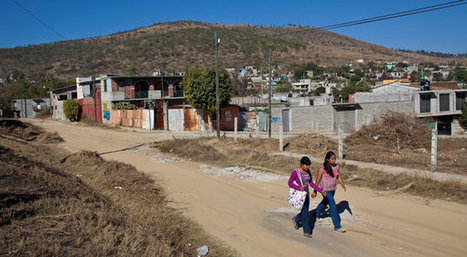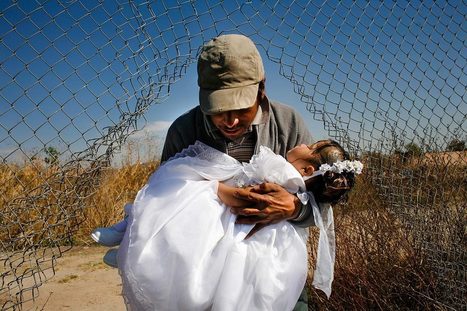Mexico’s cities are ballooning in population while rural and indigenous communities, where there are still over 60 indigenous languages other than Spanish spoken, are disappearing. For many indigenous families, illiteracy and the powerful forces of racism and discrimination can often offset the lures that brought them to migrate to urban centers.
The northern border with the United States is not the only destination for Mexican migrants. For millions, the bustling cities, which offer hopes of better jobs and education lure many from their traditional rural, and often indigenous communities. What they find in the cities is a mix of hope and hardship.
Tags: Mexico, indigenous, economic, development, migration.






 Your new post is loading...
Your new post is loading...











Contrasts found in large cities